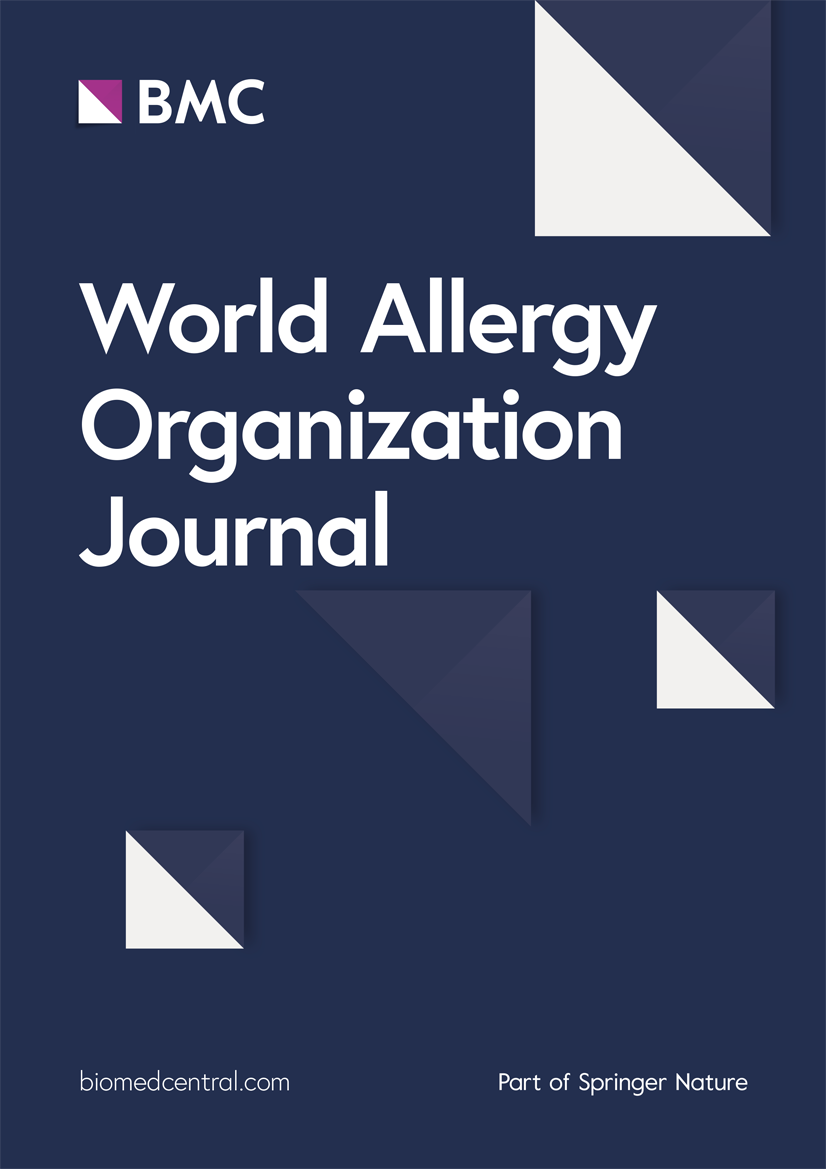Risk behaviours and non-atopic comorbidities of adolescents with asthma
IF 4.3
2区 医学
Q2 ALLERGY
引用次数: 0
Abstract
Background
Risk behaviours, obesity, and neuropsychiatric comorbidity have been demonstrated in various chronic diseases but are less well described among adolescents with asthma.
Methods
We clinically assessed asthma status at the 18-year follow-up visit of the Danish Copenhagen Prospective Studies on Asthma in Childhood (COPSAC2000) birth cohort born to mothers with asthma, and we investigated risk behaviours and non-atopic comorbidities. We included obesity and neuropsychiatric diseases captured from medical records and electronic questionnaires on behavioural traits and psychopathology. Associations between asthma status, risk behaviours, and non-atopic comorbidity were analysed using logistic regression models.
Results
A total of 370 individuals (90%) completed the 18-year visit, and 93 of these (25.1%) had current asthma. Comparing adolescents with and without asthma, binge drinking was reported in 75.2% vs 66.0%, current smoking in 26.9% vs 32.9%, and drug use in 16.1% vs 26.0%. High daily screen use was reported in 25.8% vs 16.6%; 26.9% vs 17.3% reported self-destructive behaviour; 24.7% vs 14.1% had neuropsychiatric comorbidity, and 10.8% vs 6.9% had obesity. In univariate analyses, asthma was associated with self-destructive behaviour, OR = 1.84 (1.03–3.21), p = 0.035, and neuropsychiatric comorbidity, OR = 2.01 (1.11–3.56), p = 0.019. In multivariable analysis with backward selection, asthma was associated with neuropsychiatric comorbidity, OR = 2.04 (1.004–4.12), p = 0.049, a trend of increased self-destructive behaviour, OR = 1.76 (0.93–3.29), p = 0.079, and less drug use, OR = 0.59 (0.29–0.96), p = 0.045.
Conclusion
Asthma was associated with neuropsychiatric comorbidity and self-destructive behaviour, but less drug use. There were no consistent associations with other risk behaviours or obesity.
青少年哮喘的危险行为和非特应性合并症
危险行为、肥胖和神经精神共病已经在各种慢性疾病中得到证实,但在青少年哮喘患者中却没有得到很好的描述。方法对丹麦哥本哈根儿童哮喘前瞻性研究(COPSAC2000)出生队列中哮喘母亲18年随访期间的哮喘状况进行临床评估,并调查哮喘母亲的危险行为和非特应性合并症。我们纳入了肥胖症和神经精神疾病,这些疾病是从医疗记录和关于行为特征和精神病理学的电子问卷中获取的。使用逻辑回归模型分析哮喘状态、危险行为和非特应性合并症之间的关系。结果共有370人(90%)完成了18年的随访,其中93人(25.1%)患有哮喘。与患有和不患有哮喘的青少年相比,酗酒的比例为75.2%对66.0%,吸烟的比例为26.9%对32.9%,吸毒的比例为16.1%对26.0%。25.8%和16.6%的人报告了高屏幕使用率;26.9%对17.3%报告有自我毁灭行为;24.7%对14.1%有神经精神合并症,10.8%对6.9%有肥胖。在单变量分析中,哮喘与自毁行为相关,OR = 1.84 (1.03-3.21), p = 0.035;与神经精神合并症相关,OR = 2.01 (1.11-3.56), p = 0.019。在多变量逆向选择分析中,哮喘与神经精神共病相关,OR = 2.04 (1.004-4.12), p = 0.049;与自毁行为增加相关,OR = 1.76 (0.93-3.29), p = 0.079;与药物使用减少相关,OR = 0.59 (0.29-0.96), p = 0.045。结论哮喘与神经精神合并症和自毁行为有关,但与药物使用有关。与其他危险行为或肥胖没有一致的联系。
本文章由计算机程序翻译,如有差异,请以英文原文为准。
求助全文
约1分钟内获得全文
求助全文
来源期刊

World Allergy Organization Journal
Immunology and Microbiology-Immunology
CiteScore
9.10
自引率
5.90%
发文量
91
审稿时长
9 weeks
期刊介绍:
The official pubication of the World Allergy Organization, the World Allergy Organization Journal (WAOjournal) publishes original mechanistic, translational, and clinical research on the topics of allergy, asthma, anaphylaxis, and clincial immunology, as well as reviews, guidelines, and position papers that contribute to the improvement of patient care. WAOjournal publishes research on the growth of allergy prevalence within the scope of single countries, country comparisons, and practical global issues and regulations, or threats to the allergy specialty. The Journal invites the submissions of all authors interested in publishing on current global problems in allergy, asthma, anaphylaxis, and immunology. Of particular interest are the immunological consequences of climate change and the subsequent systematic transformations in food habits and their consequences for the allergy/immunology discipline.
 求助内容:
求助内容: 应助结果提醒方式:
应助结果提醒方式:


